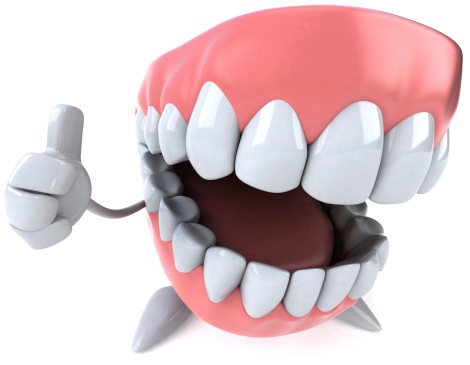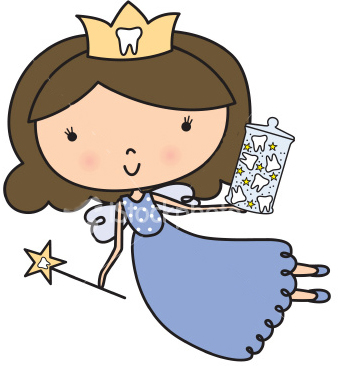
As the leading tooth replacement option today, you would think the dental implant is a fairly recent technological advancement.
Believe it or not, the first dental implants date back more than 1,300 years. Here’s a timeline of dental implants.
Ancient History: Ancient Mayans and Egyptians hammered tooth-like pieces of shell, ivory, and animal bone directly into their gums to replace teeth.
1700s: Lost teeth were often replaced using the teeth of human donors, but the process was unsuccessful due to infection from the foreign materials used during the implant process.
1800s: Gold, platinum, and other metal alloys were used experimentally and placed into sockets where teeth had been recently extracted. Long-term success rates were poor.
1952: A doctor in Sweden accidentally discovered that titanium can bond with living bone tissue when he placed a titanium screw in an animal’s thighbone. He had the idea to use titanium posts to bond dental implants to patient jawbones.
1965: Modern dental implants made their world debut! This was the beginning of implanting titanium in bone for the purpose of rooting prosthetic teeth.
1981: Per-Ingvar Branemark, the Swedish doctor who discovered the fusing power of titanium, published a paper reporting all the data he had collected about titanium implants.
1982: The Toronto Conference on Osseointegration in Clinical Dentistry created the first guidelines for successful implant dentistry.
2002: An American Dental Association (ADA) survey showed that oral and maxillofacial surgeons, periodontists, and general dentists nearly doubled the number of implants performed per dentist between 1995 and 2002.
Today: Dental implants are the number one tooth replacement procedure.
Dr. Peter Pate uses dental implants to give his patients beautiful, complete, and healthy smiles that will last a lifetime. Call Dentistry in Buckhead in Atlanta, Georgia at (404) 266-9424 to reserve your consultation appointment with Dr. Pate.
 Have you ever wondered why your tongue changes its appearance? Or why your tastebuds seem not to work sometimes? When your tongue acts strangely, it may be trying to tell you something. Check out these interesting facts from Dr. Peter Pate and boost your knowledge about the tongue!
Have you ever wondered why your tongue changes its appearance? Or why your tastebuds seem not to work sometimes? When your tongue acts strangely, it may be trying to tell you something. Check out these interesting facts from Dr. Peter Pate and boost your knowledge about the tongue!






